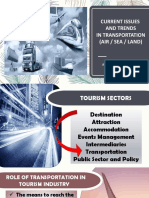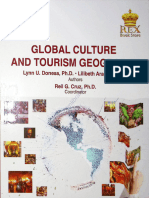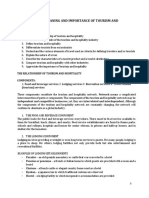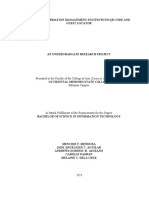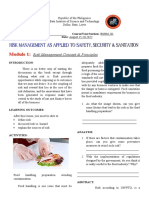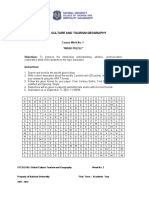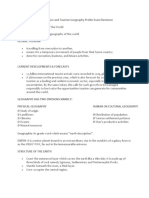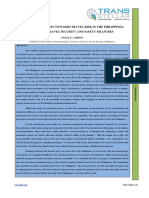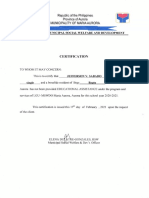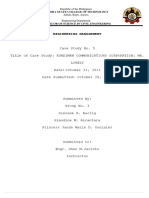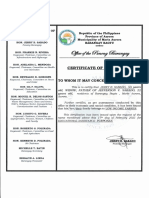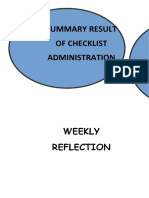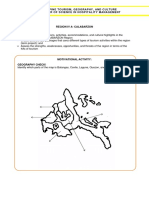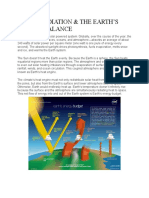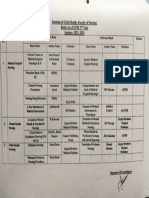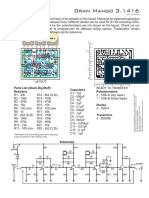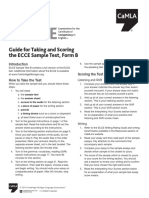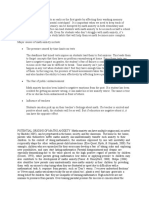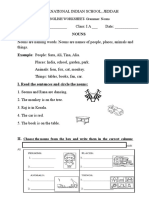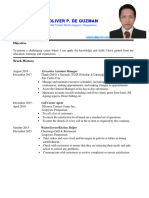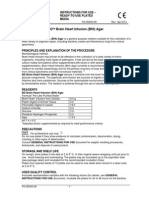0% found this document useful (0 votes)
82 views8 pagesTH3 Module 1
The document discusses Philippine tourism, geography, and culture as it relates to a Bachelor of Science in Hospitality Management program. It outlines the vision, mission, goals, and objectives of the ASCOT University department. It then provides an overview of Philippine tourism, noting UNESCO world heritage sites and the economic, socio-cultural, and environmental contributions and challenges of tourism. Finally, it discusses the 4As (Access, Amenities, Attractions, and Activities) that need to be addressed to support domestic tourism.
Uploaded by
jefferson v. sabadoCopyright
© © All Rights Reserved
We take content rights seriously. If you suspect this is your content, claim it here.
Available Formats
Download as PDF, TXT or read online on Scribd
0% found this document useful (0 votes)
82 views8 pagesTH3 Module 1
The document discusses Philippine tourism, geography, and culture as it relates to a Bachelor of Science in Hospitality Management program. It outlines the vision, mission, goals, and objectives of the ASCOT University department. It then provides an overview of Philippine tourism, noting UNESCO world heritage sites and the economic, socio-cultural, and environmental contributions and challenges of tourism. Finally, it discusses the 4As (Access, Amenities, Attractions, and Activities) that need to be addressed to support domestic tourism.
Uploaded by
jefferson v. sabadoCopyright
© © All Rights Reserved
We take content rights seriously. If you suspect this is your content, claim it here.
Available Formats
Download as PDF, TXT or read online on Scribd
/ 8


